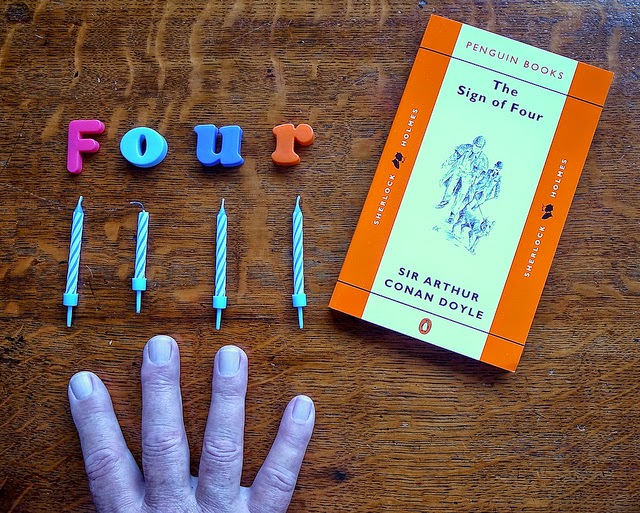Given that Article 1(4) of the Directive readsThe cost of the royalty that has to be paid to the author on any resale of a work of art by an art market professional may be borne, definitively, by the seller or the buyerAlthough under EU law the royalty is, in principle, to be paid by the seller, the Member States may specify another person from among the professional persons referred to in Directive 2001/84
The resale right is defined in an EU Directive [Directive 2001/84 on the resale right for the benefit of the author of an original work of art] as the right of the author of an original work of art to receive a royalty based on the sale price obtained for any resale of the work, subsequent to the first transfer of the work. That right applies to all acts of resale involving art market professionals (salesrooms, art galleries and, in general, dealers in works of art) as sellers, buyers or intermediaries.
Christie’s France, the French subsidiary of the multinational firm Christie’s, regularly organises auctions of works of art. A resale royalty is payable in respect of some of those sales. Christie’s France has provided in its general sales conditions that, for certain lots marked in its catalogue, it will collect from the buyer, for and on behalf of the seller, the amount representing the resale royalty.
The Syndicat National des Antiquaires (SNA) takes the view that, in placing the onus of the resale royalty on the buyer, Christie’s France’s general conditions amount to unfair competition. Christie’s France considers that the Directive states without further clarification or restriction that the royalty is payable by the seller and thus does not preclude a contractual arrangement regarding responsibility for the payment of the royalty. Hearing the case, the Cour de cassation (Court of Cassation), France, has asked the Court of Justice whether the seller is always definitively to bear the cost of the resale royalty or whether it is possible to depart from that rule by agreement
In today’s judgment the Court declares that the Member States alone may determine the person liable for the royalty. Although Directive 2001/84 provides that the person by whom the royalty is payable is, in principle, the seller, it none the less allows for a derogation from that rule and thus leaves the Member States at liberty to specify another person from among the professional persons referred to in the Directive who, alone or with the seller, will assume liability for the payment of the royalty. The person who has been designated in that way by national law as the person by whom the royalty is payable may agree with any other person, including the buyer, that that other person will definitively bear, in whole or in part, the cost of the royalty, provided that a contractual arrangement of that kind does not affect the obligations and liability which the person by whom the royalty is payable has towards the author. The Court points out that such a derogation is in keeping with the Directive’s objective of bringing to an end distortions of competition in the art market, since the harmonisation concerned is limited to those domestic provisions which have the most direct impact on the functioning of the internal market. For the purpose of achieving that objective, thus circumscribed, it is necessary to make provision as to the person liable for payment of the royalty and as to the rules for establishing the amount of the royalty. However, such provision is not necessary with regard to the question as to who, definitively, will bear the cost of the royalty.
The Court does not exclude the possibility that such a derogation may to some extent have a distorting effect on the functioning of the internal market. However, such an effect is only indirect since it arises as a result of contractual arrangements that are independent of the payment of the royalty to the author, for which the person by whom the royalty is payable remains liable.
"The royalty shall be payable by the seller. Member States may provide that one of the natural or legal persons ... other than the seller shall alone be liable or shall share liability with the seller for payment of the royalty",it is difficult to see how even the CJEU was going to persuaded to give a different ruling,
There's also a Katpost from fellow blogger Eleonora here, which you are invited to read if you feel in need of further inspiration.

























